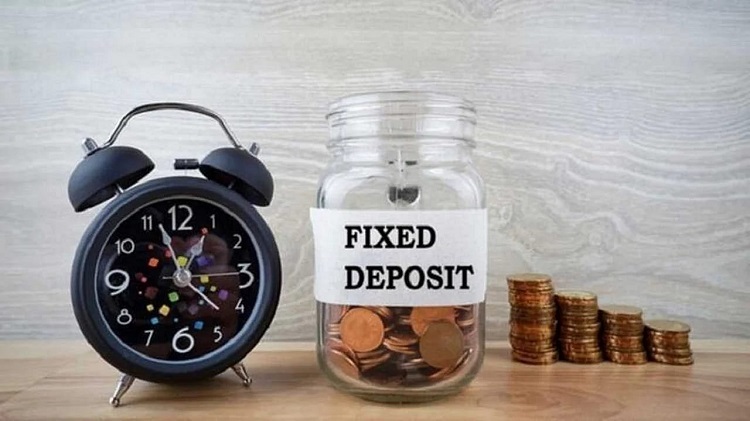Fixed deposits have long been the most popular investment avenue among Indian investors. The reason for this is that the returns from an FD are less exposed to market fluctuations. The promise of a guaranteed return, even if a fixed one, is attractive to most casual investors. The fact that the instrument is both easy to understand and accessible only adds to the popularity.
Nevertheless, most people choosing a fixed deposit do not know how to increase the return on investment they get from a fixed deposit. Here are a few things that can help you achieve that.
Table of Contents
Compare interest rates on offer
The interest rate offered on fixed deposits varies from bank to bank. Like with any other purchase, you should shop around for the highest fixed deposit rates.
Choose cumulative FD over non-cumulative
Fixed deposits come in two primary flavours: cumulative and non-cumulative. A non-cumulative FD pays out the interest at a fixed period. This means that only the principal amount earns an interest. A cumulative FD, on the other hand, adds the interest earned to the principal – and the cumulative amount earns interest in the following periods. It makes the ROI on cumulative FDs considerably higher than on non-cumulative FDs.
Make a deposit for your parents
Most banks and NBFCs offer a 0.5% higher interest rate if the depositor is a senior citizen. To take advantage of this, you can deposit for your parents. The overall tax liability for your parents may also be lower, and they may fall under a lower tax slab. It would further boost the post-tax ROI on the fixed deposits.
Submit form 15G or 15H
The institute offering you a fixed deposit is obliged to deduct income tax at source from the interest you earn. If the tax deducted is higher than your overall tax liability, you can claim a refund when you file your income tax. Additionally, if your overall income for the year is expected to be less than the lowest slab that attracts income tax – you can request the institute not to deduct tax. To do this, you will have to submit either Form 15G or Form 15H. 15G is applicable for senior citizens and 15H for the rest.
Choose tax-saving FD
Even if your income attracts income tax, you can still increase your post-tax ROI on fixed deposits by choosing to invest in tax-saving FDs. As the name suggests, these FDs offer tax savings under Section 80C. They differ from regular FD as they have a lock-in period of five years.
Ladder fixed deposits
Another way of increasing the returns earned from fixed deposits is by laddering your fixed deposits. This means as soon as your fixed deposit pays out, you invest it back into another fixed deposit. You could create a ladder such that one fixed deposit of one-year tenure matures every month and you can have 12 such FDs. You could use other configurations for the ladder based on your requirements and the fixed deposit rates offered for different periods.









